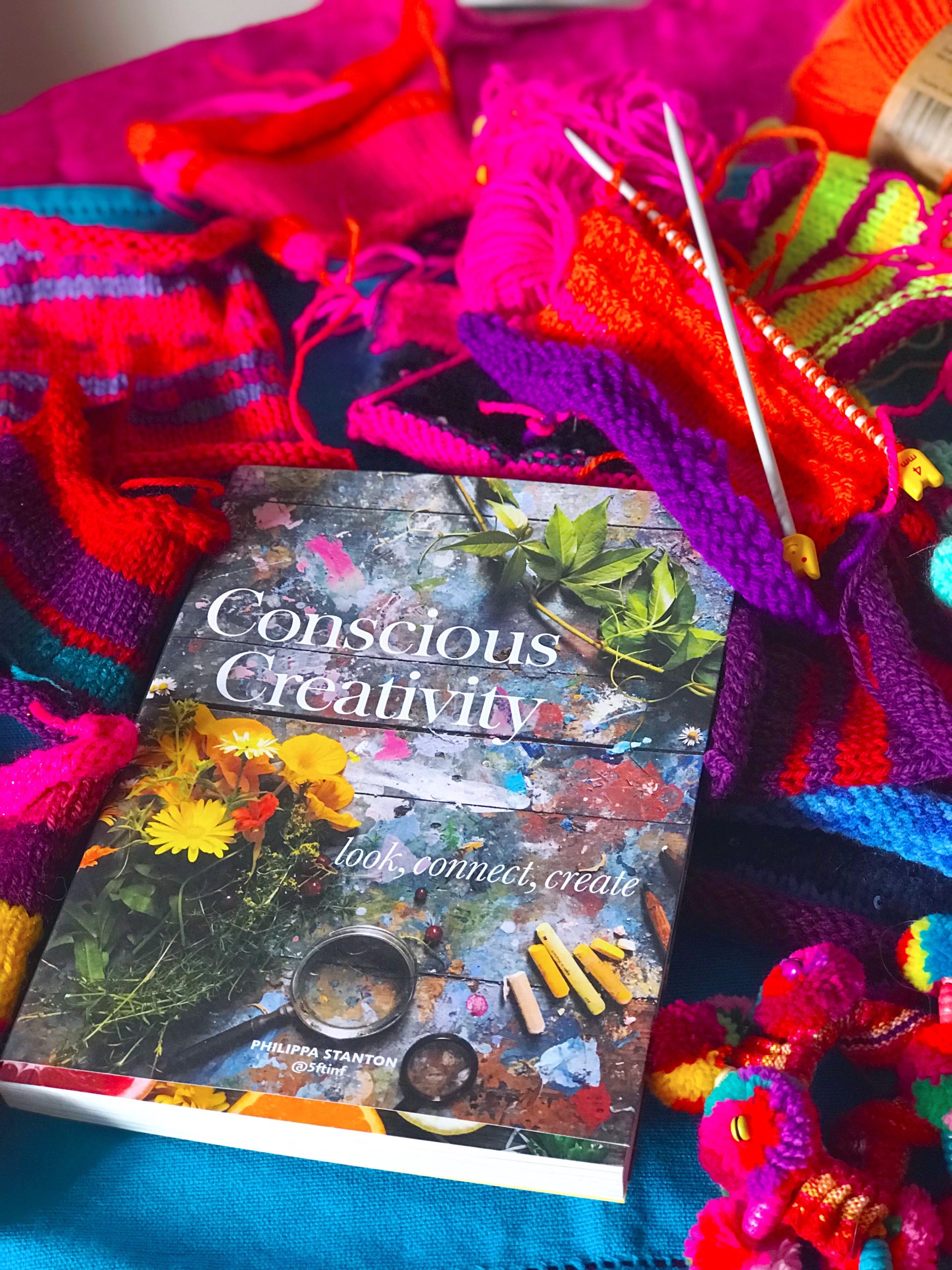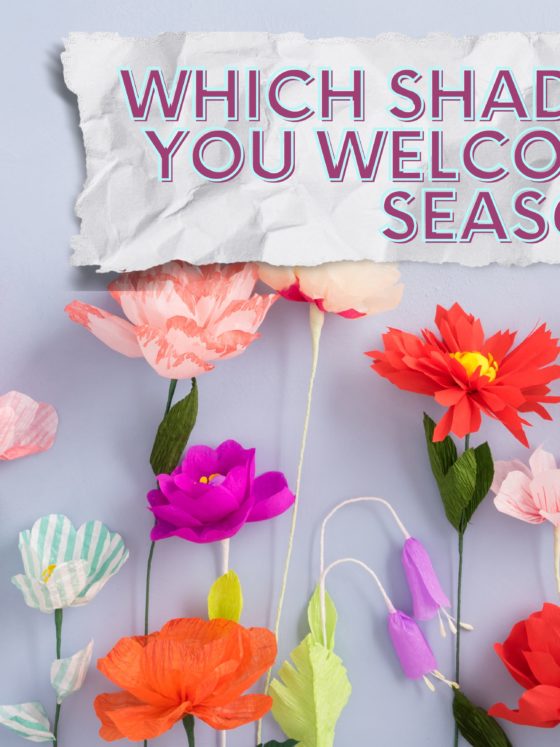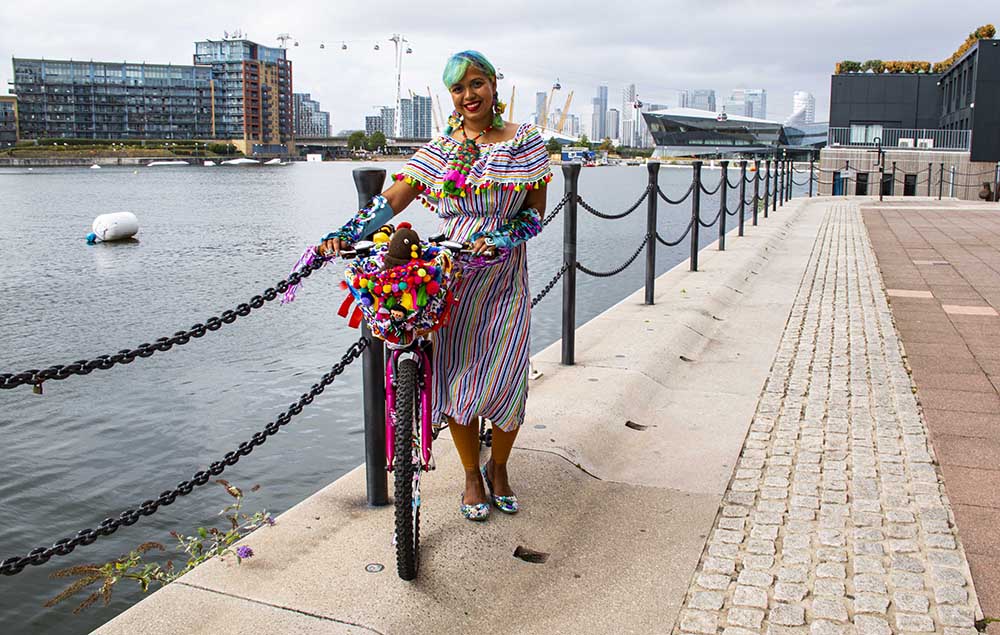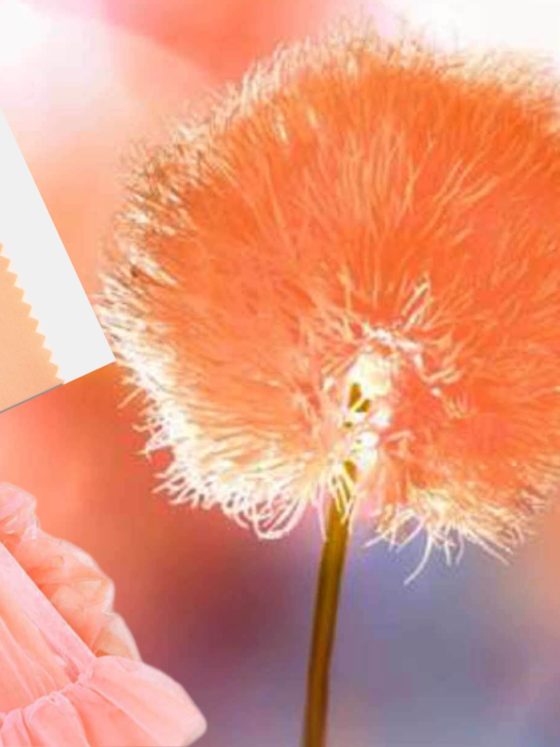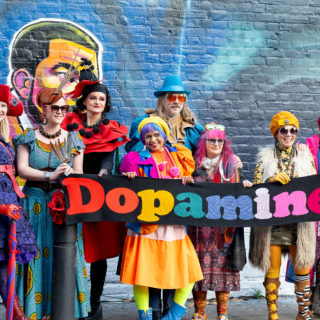Indigo Giant
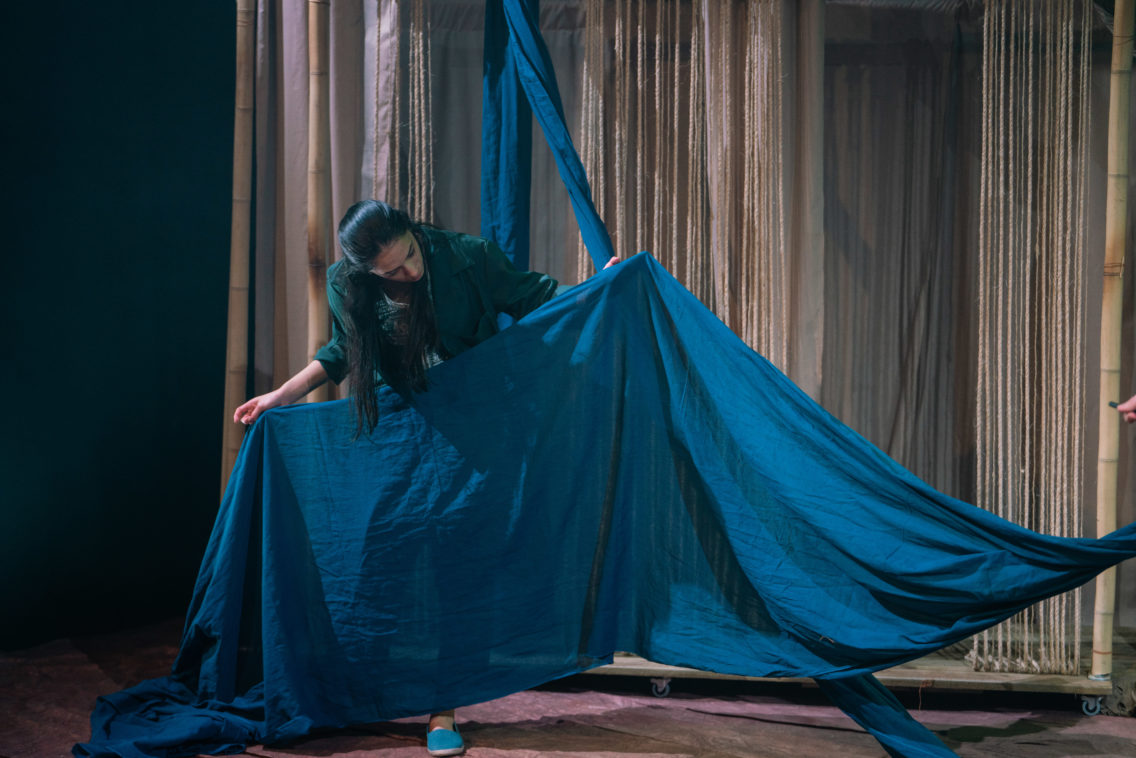
The shocking story of how the British Empire exploited farmers in pursuit of the colour blue
When I created a section for Colour on my blog – writing about a play called Indigo Giant, wasn’t something I imagined I’d be doing. But the more I explore colour, the more I uncover stories and tales that surprise me. Indigo Giant is a play by theatre company Komola Collective which makes a connection between colour and colonialism: two topics I never thought I’d put together.
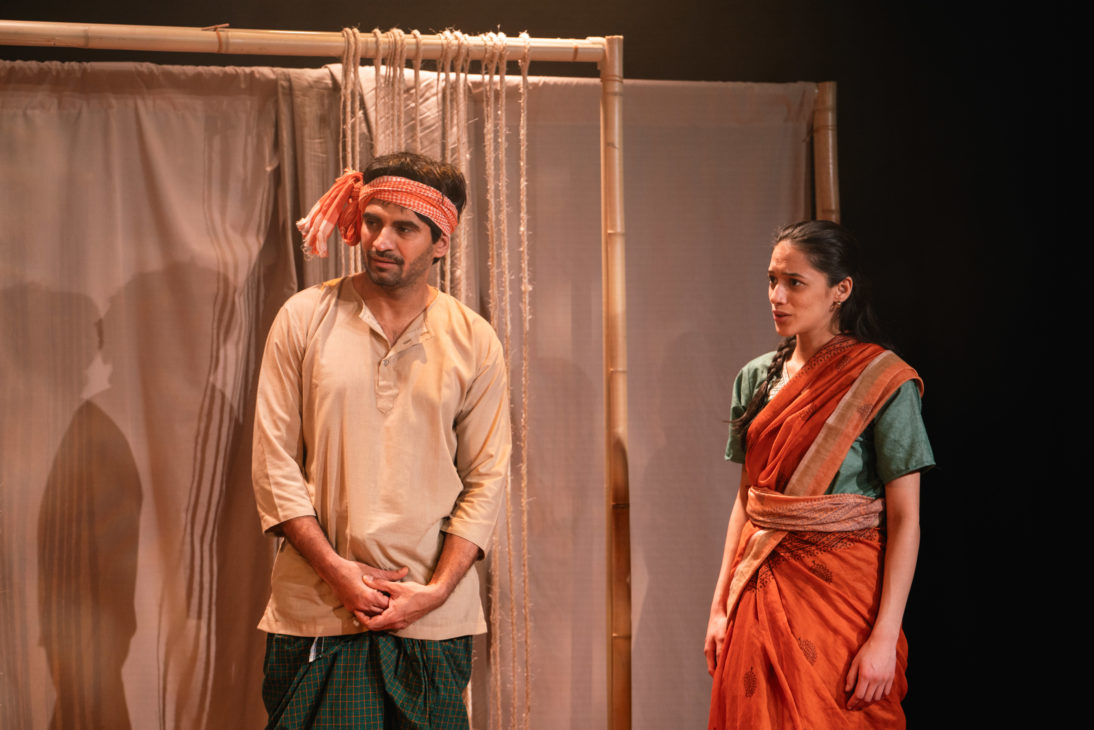
This is a part of history that is relatively unknown; how the British Empire exploited farmers, so they could get blue dye. It was required ‘back home’ to make blue clothes like uniforms for the Royal Navy. On one hand prioritising colour sounds appealing, but sadly this is not a positive story. Indigo production harmed farmers. They lost valuable land which they grew rice and profitable food on and were forced to grow indigo instead. A crop that has a low yield, is labour-intensive and for which the price they got was low.
The story of Indigo Giant
Indigo Giant is set in Colonial Bengal in the last 19th century. It’s the tale of how one farmer and his family were affected by the requirement to grow indigo and how he eventually revolted, refusing to plant it. This UK adaptation is based on the Indian play Nil Darpan or Indigo Mirror which came out in 1860. It was the first time the topic was talked about in public and while the country was still under colonial rule.

To find out more about the play and to book tickets head to Komola Collective’s website. Production images featured here by Alex Unai.
I’ve shared more about the story in this short video
https://www.instagram.com/p/C4TL74kIYnw/

